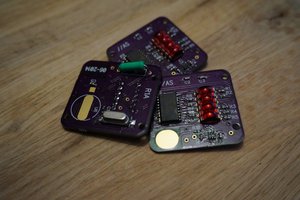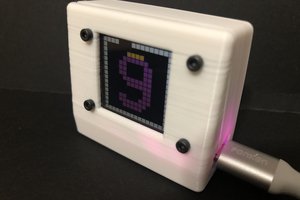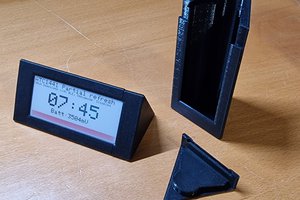In the late 18th century, the French set out to rationalize the world's system of measurement. Many of the new measures became the metric system used by most of the world. They also tried to rationalize the measurement of time. They defined a day to be made of 10 hours with 100 minutes, each minute consists of 100 seconds. A year had 12 months of 3 weeks each with 10 days.
That left either 5 or 6 leftover days. These were "Complementary Days" and were holidays each year. The year started on the fall equinox which had the quirky behavior of being on a different day in some years. Year zero was 1792 Gregorian, the first year of the French Republic.
They had new names for the months and weekdays. So Monday, November 20, 2023 would be Primidi, 1 Frimaire CCXXXII. Yeah, they used Roman Numerals for the year. How rational is that?
The system was in use in France from 1792 until Napoleon abolished it effective 1806. Mechanical clocks exist that use the system, but are pretty scarce.
This modern implementation uses a Nextion touch display and a Particle Photon IoT processor. These were chosen simply because I had them left over from a weather station project and was familiar with them. The circuit board and 3D printed case were also adapted from that project.
When powered on, the Photon uses NTP to get the current time, converts it to metric, and displays the metric time and date. The display is updated once a second. A touch of the screen will toggle between metric and Gregorian times. A photo resistor controls the display brightness.
 ClassTech
ClassTech
 Roni Bandini
Roni Bandini

 kmatch98
kmatch98
 Aaron Christophel
Aaron Christophel